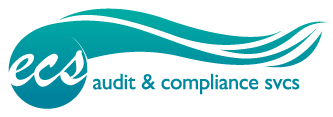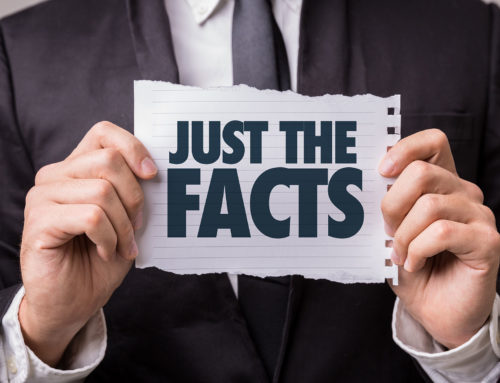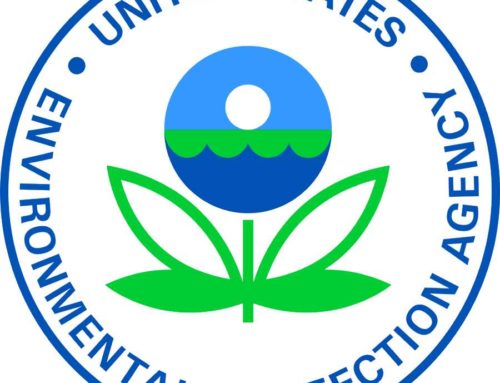So by now, we’ve confessed our sins to our trusted advocate and await our counselor’s recommendations. If he/she is not a regulatory expert – this may be a good time to consult such a person as well as your advocate. Sometimes we’re lucky and the advocate and regulatory expert are in the same body. For some of you – that’s not the case. You may need to discuss this issue with two people to be prepared to reply.
But reply we must and in so doing, we are effectively positioning ourselves in a bargaining role. We may be willing to admit some deficiencies while completely refuting others. The more clinical and factual you can be in presenting your case, the more likely you will have a successful outcome.
Some of my customers seek legal counsel and move all discussions through the lawyer to lawyer communication process. While there are certainly times when the issues are so serious that this is advisable, I have found that many clients are able to speak directly with their state EPA and negotiate the issues. I have become a big fan of my clients getting coaching from their regulatory specialist (consultant, attorney, etc) and making their own communications with the agency. I have found that this appears to limit attorney involvement on the agency side as well and it has been my experience that the potential for reduction of fines and elimination of certain line items in the Consent Decree is worth the risk. When it’s you on one side of the table and the inspector and his manager on the other side of the table a lot more reasonable negotiations appear to take place.
Often the Consent Decree has been a wake-up call to the organization and individuals begin to get involved who thought that environmental issues were just one person’s duties. When a fine zaps the employees’ bonuses, they start to pay attention to where they put their waste, how often they do visible emissions observations and other regulatory requirements. The consequences become much clearer to the lay person in the company. This can often be the impetus to establish some excellent environmental and regulatory awareness and improvement projects in a company. I have seen such letters spur a company from border line regulatory performance to being star pupils. So there are often some very positive outcomes from such events and I invite you to look for the silver lining as it will present itself in your organization.
So – how will you present your case to the agency? If this is a very serious issue with not only civil penalties but criminal as well – then you’d best get your attorney involved pronto. If it’s just civil penalties and the proposed financial penalty is $50,000 or less, then it may be worthwhile to consider doing all the communication and negotiation directly. If you need considerable coaching, it may be advisable to communicate in writing (letter or email) and limit the face to face discussions which require a lot of head knowledge and quick thinking. The other advantage to responding in writing is that it gives you a chance to review what you have communicated. I often will write a letter or email, hold it for at least a few hours and re-read it later when some of the emotion has subsided to see how it comes across. Remember that it is very difficult to successfully communicate tone of voice in a letter or email so be careful about making snippy comments or inserting snide statements in the document. It can and likely will be taken as adversarial. Where possible, have your advocate read your letter or email before you send it. This will give you some good feedback as to the tone it communicated and the level of information that was successfully transferred to the reader. Be willing to accept constructive feedback from your advocate – take him/her serious and amend your document when it is not accomplishing your desired outcome!
Sometimes it is recommended and advisable to have a face-to-face meeting. This is always your right under the law and the EPA case manager will ask you if you’d like to schedule such a meeting via phone or in person. When conducting a direct meeting, it is my preference to have it in person where I can see all of the parties involved, read body language and get an overall feel for what’s about to happen next. I always go to such meetings fully prepared with questions that I want to ask and answers to the questions that I anticipate that the agency will need to ask. If I have proof that their inspector was wrong on an issue – I recommend not casting blame on that inspector – but rather simply present refuting data which supports your position. For instance, if the inspector said that you didn’t conduct the required hazardous waste inspections and he simply asked the wrong person, or asked an individual who doesn’t speak English – you can provide evidence that you have the required inspection documents and present them in the meeting. Remember that inspectors are humans too – they can make mistakes – be willing to demonstrate their error in a gracious fashion.
More about what’s next in the process in Part IV.






